Maîtrisez l'art de la dégustation de chocolat avec ces techniques essentielles :
• Mobilisez vos cinq sens - examen visuel, évaluation des arômes, évaluation tactile, écoute du "craquement" et dégustation systématique
• Suivez la séquence appropriée - examinez, sentez, cassez, goûtez et évaluez par étapes
• Contrôlez votre environnement - environnement neutre, température ambiante, palais propre
• Développez un vocabulaire descriptif - apprenez à identifier les notes de saveur, les textures et les caractéristiques de la finale
• Pratiquez régulièrement - commencez par des chocolats d'origine unique et progressez vers des mélanges complexes
Pour des expériences de dégustation de chocolat haut de gamme, explorez La collection de chocolat artisanal de Zucchero Canada avec des sélections soigneusement choisies, parfaites pour développer votre palais.
La dégustation de chocolat est un art qui transforme un simple plaisir en une expérience sensorielle sophistiquée. Apprendre comment déguster le chocolat déguster correctement peut révéler des couches de complexité aromatique que vous ne soupçonniez pas, élevant ainsi votre appréciation de cette friandise adorée. Que vous exploriez des tablettes d'origine unique ou des confiseries complexes, développer votre palais nécessite technique, patience et compréhension du processus de fabrication du chocolat.
La dégustation professionnelle de chocolat, tout comme l'appréciation du vin, implique une évaluation systématique de l'apparence, de l'arôme, de la texture et de la saveur. Les amateurs de chocolat canadiens ont accès à des chocolats artisanaux exceptionnels qui offrent des occasions parfaites de pratiquer ces techniques. La clé réside dans le fait de ralentir, d'engager tous vos sens et de développer un vocabulaire pour décrire ce que vous ressentez.
Comprendre la qualité et les origines du chocolat
Avant de plonger dans les techniques de dégustation, il est essentiel de comprendre ce qui rend le chocolat exceptionnel. Connaisseur de chocolat les compétences commencent par reconnaître les indicateurs de qualité et comprendre comment l'origine affecte les profils de saveur.
Origines des fèves de cacao et leur impact
Les différentes régions de culture produisent des caractéristiques de saveur distinctes qui influencent le goût du chocolat. Voici comment les principales origines se présentent généralement :
|
Région d'origine |
Profil aromatique |
Notes communes |
|
Équateur |
Floral, fruité |
Jasmin, agrumes, fruits tropicaux |
|
Madagascar |
Vif, acide |
Fruits rouges, vanille, épices |
|
Venezuela |
Complexe, noisette |
Caramel, noix, fruits secs |
|
Pérou |
Équilibré, terreux |
Cacao, noix, épices douces |
|
Caraïbes |
Doux, sucré |
Vanille, noix de coco, cacao doux |
Comprendre ces caractéristiques régionales vous aide à aborder chaque chocolat avec des attentes appropriées et améliore votre capacité à identifier des notes de saveur spécifiques lors de la dégustation.
Indicateurs de qualité à rechercher
Le chocolat premium présente plusieurs caractéristiques visuelles et texturales :
• Couleur uniforme sans fleur blanche ni décoloration
• Surface lisse et brillante indiquant un tempérage correct
• Claquement net lorsqu'il se casse, créant des morceaux distincts
• Texture fine et homogène sans granulosité ni bulles d'air
• Liste d'ingrédients minimale en se concentrant sur le cacao, le sucre et les ajouts naturels
Ces indicateurs de qualité impactent directement l'expérience de dégustation et vous aident à sélectionner des chocolats dignes d'une évaluation attentive.
Le processus professionnel de dégustation de chocolat
Apprentissage comment faire une dégustation de chocolat nécessite de suivre une approche structurée qui maximise votre expérience sensorielle. Les dégustateurs professionnels utilisent une méthode systématique qui évalue le chocolat à travers plusieurs étapes, chacune révélant différentes caractéristiques.
Préparer votre environnement de dégustation
Créer des conditions optimales pour l'évaluation du chocolat influence grandement votre capacité à détecter les saveurs subtiles et les nuances. Votre environnement doit favoriser une analyse sensorielle concentrée sans distractions ni interférences.
Contrôle de la température joue un rôle crucial dans la dégustation du chocolat. La température ambiante (environ 20-22°C) permet au chocolat de libérer tout son profil aromatique tout en conservant une texture adéquate. Évitez de déguster dans des environnements trop chauds où le chocolat devient trop mou, ou dans des conditions froides où les saveurs restent atténuées.
Préparation du palais implique de nettoyer votre bouche avec de l'eau à température ambiante et d'éviter les saveurs fortes pendant au moins une heure avant la dégustation. Le café, les aliments épicés, la menthe ou l'alcool peuvent nuire à votre capacité à détecter les notes subtiles du chocolat.
La méthode de dégustation en cinq étapes
Étape 1 : Examen visuel
Commencez votre évaluation en observant attentivement l'apparence du chocolat. Chocolat de haute qualité doit présenter une couleur uniforme, une texture de surface lisse et un tempérage correct sans fleur ni décoloration.
Recherchez ces indices visuels :
• Cohérence des couleurs sur toute la pièce
• Brillance de la surface indiquant une cristallisation correcte
• Absence de fleur blanche (bloom de graisse ou de sucre)
• Bords nets et propres lorsqu'il est cassé
• Épaisseur uniforme et apparence professionnelle
Étape 2 : Évaluation de l'arôme
L'arôme du chocolat vous donne votre première impression de son potentiel gustatif. Une évaluation correcte nécessite d'approcher le chocolat de votre nez et de prendre plusieurs inspirations profondes et délibérées.
Arômes primaires à identifier :
• Intensité du cacao - de doux à robuste
• Notes fruitées - agrumes, baies, fruits tropicaux
• Qualités florales - jasmin, rose, lavande
• Éléments terreux - terre, champignon, tabac
• Composants sucrés - vanille, caramel, miel
• Caractéristiques épicées - cannelle, muscade, poivre
Prenez votre temps pour cette étape, car l'arôme influence significativement la perception du goût et fournit des informations précieuses sur l'origine et les méthodes de transformation du chocolat.
Étape 3 : Le test de cassure
Écoutez attentivement lorsque vous cassez le chocolat en morceaux plus petits. Un claquement net et précis indique un bon tempérage et une bonne structure du chocolat. Des sons de cassure sourds ou mous suggèrent des problèmes de température ou une mauvaise cristallisation.
La cassure révèle la texture interne et vous permet d'évaluer l'intégrité structurelle du chocolat. Un chocolat bien tempéré crée des morceaux distincts avec des cassures nettes, tandis qu'un chocolat mal manipulé peut s'effriter ou se plier.
Étape 4 : Goût et texture initiaux
Placez un petit morceau sur votre langue et laissez-le commencer à fondre sans mâcher. Ce contact initial révèle le texture en bouche et les impressions de saveur immédiates.
L'évaluation de la texture inclut :
• Taux de fusion - vitesse à laquelle il se dissout sur votre langue
• Onctuosité - absence de granulosité ou de particules
• Onctuosité - richesse et sensation en bouche
• Astringence - sensation de sécheresse ou de resserrement
• Capacité d'enrobage - comment il couvre votre palais
Étape 5 : Développement complet des saveurs
Lorsque le chocolat fond complètement, concentrez-vous sur l'évolution complète des saveurs, du goût initial jusqu'à la finale. Notes de dégustation professionnelle du chocolat suivez cette progression de manière systématique.
Étapes du développement des saveurs :
• Impact initial - premières saveurs qui émergent
• Milieu de palais - caractéristiques dominantes à mesure que le chocolat fond
• Finition - saveurs persistantes après la déglutition
• Arrière-goût - saveurs qui se développent quelques minutes plus tard
Développer votre vocabulaire chocolaté
Précis notes de dégustation de chocolat nécessitent un vocabulaire sophistiqué qui capture les différences subtiles entre les chocolats. Les dégustateurs professionnels utilisent une terminologie spécifique pour communiquer précisément leurs expériences.
Catégories principales de saveurs
Comprendre les catégories de saveurs aide à organiser vos expériences de dégustation et à communiquer efficacement vos observations. Chaque catégorie contient plusieurs sous-catégories qui deviennent plus apparentes à mesure que votre palais se développe.
Saveurs fruitées représentent l'une des catégories les plus courantes et diversifiées dans la dégustation de chocolat. Ces notes peuvent aller d'agrumes vifs à des caractéristiques profondes de fruits secs, souvent influencées par la fermentation et l'origine.
Les descripteurs fruités courants incluent :
• Famille des agrumes - citron, orange, citron vert, pamplemousse
• Fruits à noyau - cerise, prune, abricot, pêche
• Baies - framboise, mûre, fraise, myrtille
• Fruits tropicaux - mangue, ananas, fruit de la passion, banane
• Fruits secs - raisin, figue, datte, pruneau
Notes florales ajoutent élégance et complexité aux profils de chocolat, apparaissant souvent dans les chocolats fins d'origine unique provenant de régions spécifiques reconnues pour ces caractéristiques.
Saveurs de noix et torréfiées se développent lors de la transformation et peuvent indiquer les niveaux de torréfaction, les caractéristiques d'origine ou les techniques de transformation. Ces saveurs apportent richesse et profondeur aux profils de chocolat.
Notes d'épices et d'herbes apparaissent naturellement dans certains chocolats ou se développent grâce à des méthodes de transformation spécifiques. Ces caractéristiques ajoutent complexité et intérêt au profil global des saveurs.
Terminologie avancée de la dégustation
À mesure que votre palais se développe, vous commencerez à identifier des caractéristiques plus subtiles qui distinguent les chocolats exceptionnels des ordinaires. Connaisseur avancé de chocolat le vocabulaire inclut des termes techniques qui décrivent des expériences sensorielles spécifiques.
Descripteurs de la sensation en bouche :
• Velouté - texture lisse et luxueuse
• Craie - sensation sèche et poudreuse
• Cireux - sensation de pellicule désagréable
• Crème - fondant riche et onctueux
• Granuleux - texture rugueuse et sableuse
Mesures d'intensité :
• Léger - saveurs subtiles et délicates
• Modéré - caractéristiques équilibrées et perceptibles
• Intense - saveurs fortes et prononcées
• Accablant - saveurs qui dominent l'expérience
Caractéristiques régionales du chocolat canadien
La scène croissante du chocolat artisanal au Canada offre des opportunités uniques d'explorer comment les préférences locales et les ingrédients disponibles influencent les caractéristiques du chocolat. Les chocolatiers canadiens mettent souvent l'accent sur des ingrédients de qualité et des combinaisons de saveurs innovantes qui reflètent les goûts régionaux.
Tendances de la fabrication du chocolat au Canada
Intégration d'ingrédients locaux est devenue une marque de fabrique des artisans chocolatiers canadiens, qui incorporent fréquemment l'érable, les baies sauvages, le sel marin et d'autres spécialités régionales dans leurs créations.
Approvisionnement durable les pratiques sont en accord avec les valeurs canadiennes, de nombreux chocolatiers établissant des relations directes avec les cultivateurs de cacao et mettant l'accent sur des méthodes de production éthiques.
Collections saisonnières reflètent les saisons distinctes du Canada, proposant des éditions limitées qui célèbrent les récoltes locales et les traditions festives.
Pour ceux qui souhaitent explorer les chocolats artisanaux canadiens, Sélection soigneusement choisie de Zucchero Canada offre un accès à des chocolats haut de gamme parfaits pour développer les compétences de dégustation et découvrir des profils de saveurs divers.
Considérations climatiques pour le stockage
Le climat variable du Canada nécessite une attention particulière au stockage et à la manipulation du chocolat. Techniques de stockage appropriées assurer des conditions de dégustation optimales quelles que soient les fluctuations saisonnières de température.
Considérations de stockage en hiver :
• Évitez de placer le chocolat près des sources de chaleur
• Laissez une adaptation progressive de la température avant la dégustation
• Surveillez les niveaux d'humidité dans les environnements intérieurs chauffés
• Protégez du choc thermique lors de l'entrée du chocolat à l'intérieur
Exigences de stockage en été :
• Maintenez des températures fraîches et constantes
• Utilisez la réfrigération avec précaution pour éviter la condensation
• Envisagez un stockage en environnement contrôlé pour les collections précieuses
• Planifiez les séances de dégustation pendant les périodes les plus fraîches de la journée
Développer vos compétences en dégustation de chocolat
Développer une expertise en comment déguster le chocolat nécessite une pratique régulière et une expansion progressive de vos expériences de dégustation. Commencer par des approches systématiques et augmenter la complexité avec le temps conduit à un développement plus sophistiqué du palais.
Sessions de pratique pour débutants
Structurez vos dégustations initiales pour se concentrer sur les différences fondamentales plutôt que sur les nuances subtiles. Commencez par des chocolats qui présentent des contrastes clairs d'origine, de pourcentage de cacao ou de style de transformation.
Progression recommandée pour débutants :
• Commencez par des chocolats d'origine unique à 70 % de différentes régions
• Comparez les chocolats au lait et noirs du même fabricant
• Explorez différents pourcentages de cacao par paliers de 10 %
• Essayez des chocolats avec des ingrédients ajoutés pour comprendre les profils de base
• Exercez-vous à décrire vos expériences en utilisant un vocabulaire simple
Prenez des notes détaillées pendant chaque session, en enregistrant vos impressions immédiatement pendant que les saveurs sont encore fraîches dans votre mémoire. Ces enregistrements deviennent des références précieuses pour suivre le développement de votre palais.
Techniques de développement intermédiaires
Élargissez votre champ de dégustation en explorant des différences plus subtiles et des styles de chocolat complexes. Concentrez-vous sur l'identification de notes de saveur spécifiques et la compréhension de l'impact du traitement sur les caractéristiques finales.
Méthodes de pratique avancées :
• Dégustations à l'aveugle pour éliminer les biais et se concentrer sur l'expérience sensorielle
• Dégustations comparatives de chocolats similaires pour identifier des différences subtiles
• Sessions axées sur l'origine exploration de plusieurs chocolats provenant d'une même région
• Comparaisons de millésimes lorsqu'ils sont disponibles auprès du même producteur
• Exploration des méthodes de transformation comparaison entre chocolat bean-to-bar et chocolat commercial
Ressources de développement professionnel
Opportunités éducatives pour les passionnés sérieux de chocolat incluent des ateliers, des programmes de certification et des événements industriels qui offrent des environnements d'apprentissage structurés.
Options d'éducation au chocolat au Canada :
• Ateliers de chocolatiers locaux offrant une expérience pratique
• Cours de dégustation professionnels par le biais d'institutions culinaires
• Salons professionnels de l'industrie pour le réseautage et la découverte de produits
• Programmes de certification en ligne pour des horaires d'apprentissage flexibles
Erreurs courantes à éviter lors de la dégustation
Même les dégustateurs expérimentés peuvent adopter des habitudes qui limitent leur capacité à évaluer correctement le chocolat. Reconnaître et éviter ces erreurs courantes améliore la précision et la valeur de vos séances de dégustation.
Interférences environnementales
Arômes concurrents forts peut avoir un impact significatif sur votre capacité à détecter des notes subtiles de chocolat. Évitez de déguster dans des cuisines avec des odeurs de cuisson, près de parfums ou de désodorisants, ou dans des environnements où le café est en train d'infuser.
Considérations temporelles affectent également la qualité de la dégustation. Évitez les sessions immédiatement après les repas, pendant une maladie, ou en cas de stress ou de fatigue qui pourraient atténuer votre perception sensorielle.
Erreurs de préparation du palais
Nettoyage insuffisant entre les échantillons entraîne un transfert de saveurs qui masque les caractéristiques individuelles du chocolat. Nettoyez toujours votre palais avec de l'eau à température ambiante et attendez brièvement avant de passer à l'échantillon suivant.
Surcharger votre palais en goûtant trop d'échantillons en une session réduit votre capacité à distinguer les différences subtiles. Limitez les sessions à 4-6 chocolats maximum, avec des pauses adéquates entre les échantillons.
Limites de l'analyse
Précipiter le processus empêche le développement complet des saveurs et limite votre capacité à identifier des caractéristiques complexes. Accordez suffisamment de temps à chaque étape de l'évaluation.
Attentes préconçues basé sur l'emballage, le prix ou la réputation peut biaiser votre évaluation. Abordez chaque chocolat avec un esprit ouvert et concentrez-vous sur l'expérience sensorielle réelle plutôt que sur des suppositions.
Questions fréquemment posées sur la dégustation de chocolat
Combien de temps dois-je laisser le chocolat fondre sur ma langue ?
Laissez le chocolat fondre naturellement pendant 30 à 60 secondes, selon la taille du morceau et le type de chocolat. Ce temps permet un développement complet des saveurs tout en maintenant la concentration et en évitant la fatigue du palais.
Quel est le meilleur moment de la journée pour la dégustation de chocolat ?
Milieu de matinée ou début d'après-midi offre généralement des conditions optimales de dégustation lorsque votre palais est alerte mais pas influencé par des repas récents. Évitez de goûter immédiatement après le réveil ou tard le soir lorsque l'acuité sensorielle peut être réduite.
Combien de chocolats puis-je goûter en une session ?
Limiter les sessions à 4-6 échantillons pour maintenir la sensibilité du palais et la concentration analytique. Plus d'échantillons entraînent une fatigue du palais et une capacité réduite à distinguer les différences subtiles entre les chocolats.
Dois-je manger quelque chose entre les échantillons de chocolat ?
Nettoyez votre palais avec de l'eau à température ambiante entre les échantillons. Évitez les crackers, le pain ou d'autres aliments qui pourraient laisser des saveurs affectant les dégustations suivantes. Certains professionnels préfèrent de courtes périodes de repos du palais sans aucune consommation.
Comment savoir si j'identifie correctement les saveurs ?
Pratiquez avec des dégustations guidées où des dégustateurs expérimentés fournissent des points de référence pour des saveurs spécifiques. Rejoignez des groupes de dégustation ou assistez à des ateliers où vous pouvez comparer vos impressions avec celles des autres et recevoir des retours sur vos compétences en développement.
Quelle est la différence entre la dégustation de chocolat et la consommation de chocolat ?
Dégustation de chocolat implique une évaluation systématique des caractéristiques sensorielles avec un focus analytique, tandis que manger du chocolat est une consommation occasionnelle pour le plaisir. La dégustation exige une attention plus lente et plus délibérée à des aspects spécifiques de l'expérience chocolatée.
Conclusion : Votre parcours en tant que connaisseur de chocolat
Maîtriser comment déguster le chocolat transforme votre relation avec cet aliment complexe, passant d'un simple plaisir à une appréciation sophistiquée. L'approche systématique décrite ici fournit la base pour développer des compétences de palais raffinées qui enrichissent chaque expérience chocolatée.
La dégustation professionnelle de chocolat nécessite patience, pratique et dévouement pour développer votre vocabulaire sensoriel et vos compétences analytiques. Commencez avec des chocolats de qualité qui mettent en valeur des caractéristiques claires, pratiquez régulièrement, et augmentez progressivement la complexité de vos dégustations à mesure que votre palais se développe.
Souvenez-vous que devenir un connaisseur de chocolat est un voyage plutôt qu'une destination. Chaque séance de dégustation offre des occasions de découvrir de nouvelles saveurs, d'affiner votre technique et d'approfondir votre appréciation de l'art impliqué dans la fabrication du chocolat.
La scène du chocolat artisanal canadien offre des opportunités exceptionnelles pour pratiquer ces compétences avec des sélections de chocolat de haute qualité et diversifiées. Que vous exploriez des tablettes d'origine unique ou des combinaisons de saveurs innovantes, abordez chaque chocolat avec curiosité et des méthodes d'évaluation systématiques.
Continuez à développer votre expertise en recherchant des opportunités éducatives, en vous connectant avec d'autres passionnés de chocolat, et en tenant des notes de dégustation détaillées qui suivent l'évolution de votre palais au fil du temps. Avec une pratique constante et une attention à la technique, vous développerez les compétences pour apprécier pleinement la complexité remarquable et l'artisanat présents dans un chocolat d'exception.

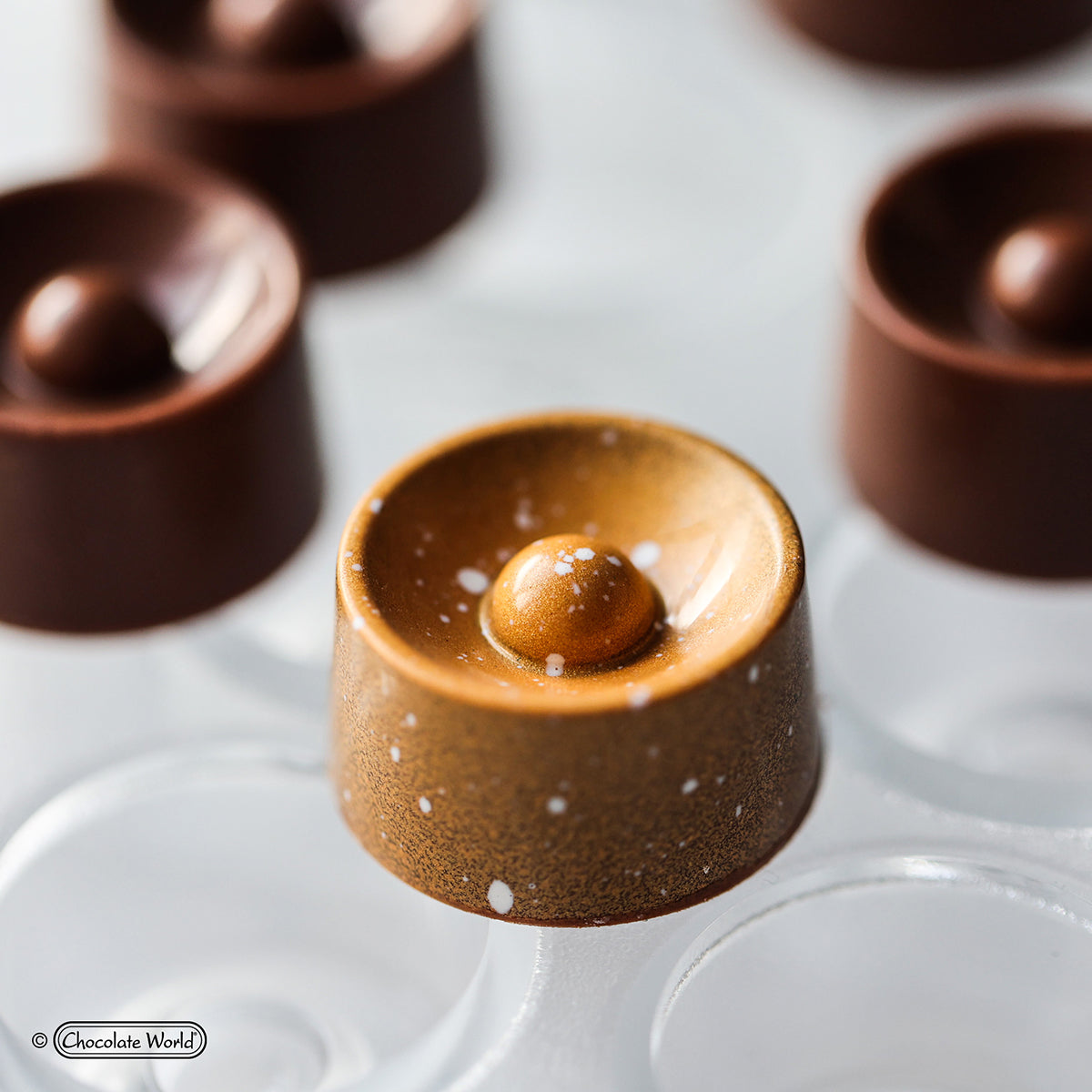
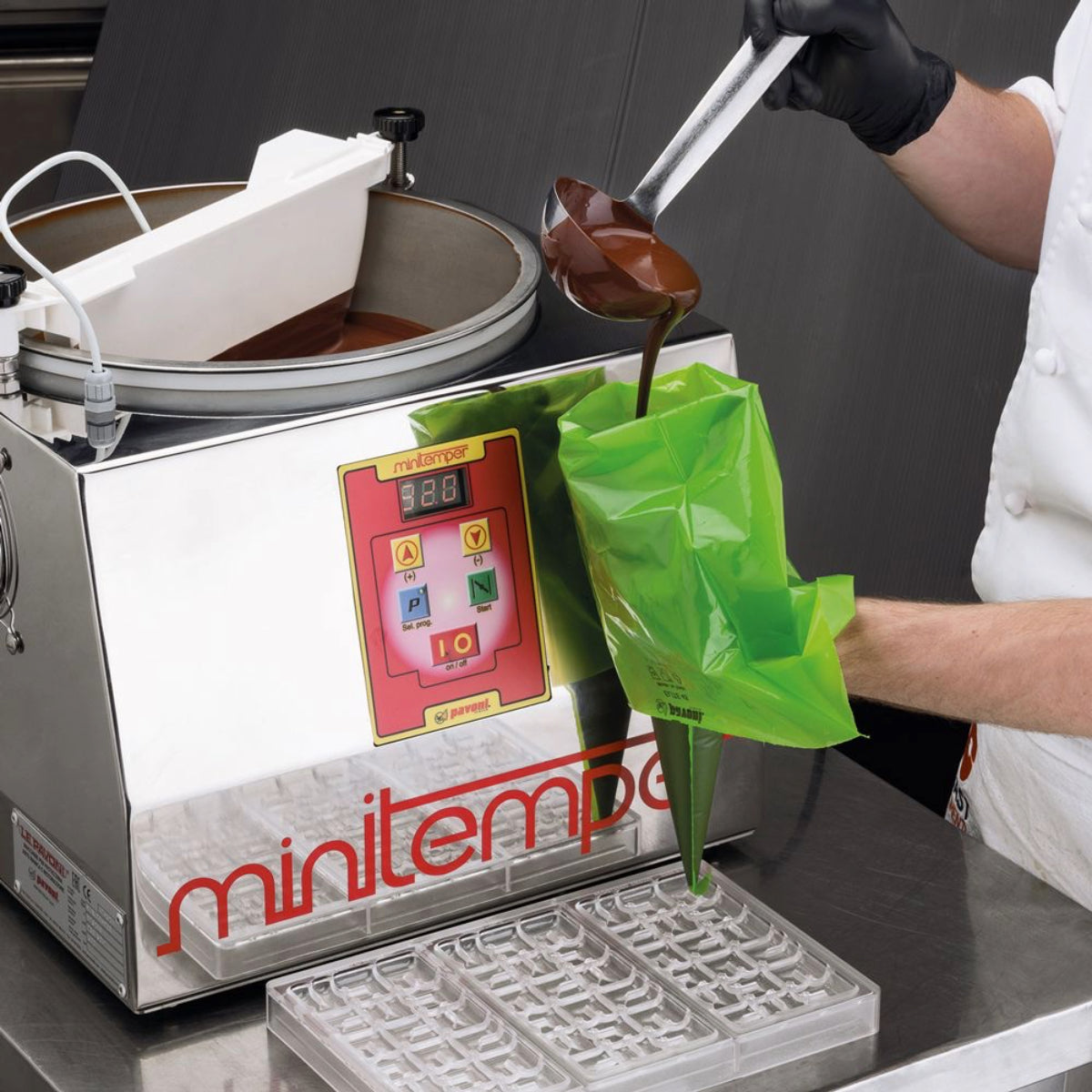
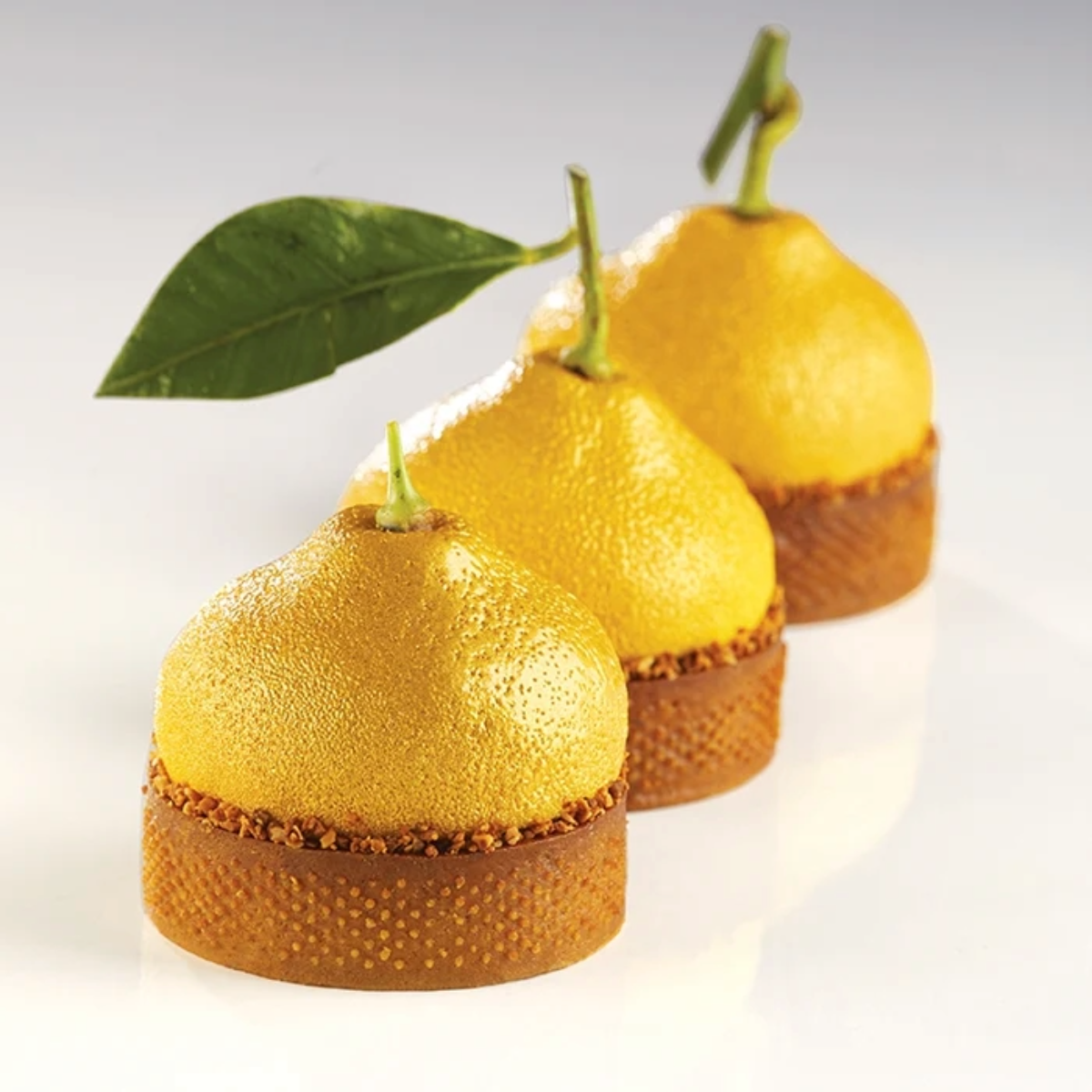
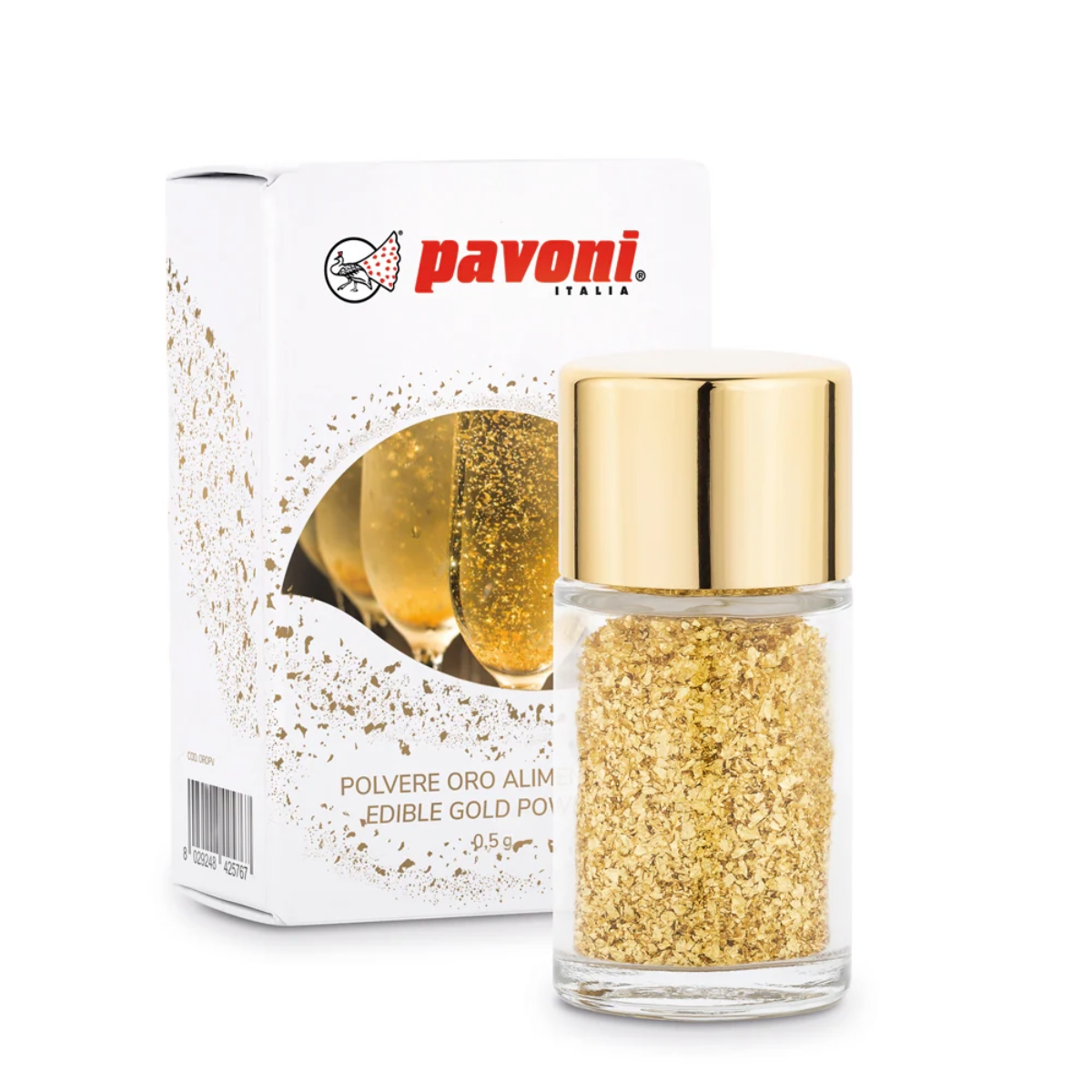

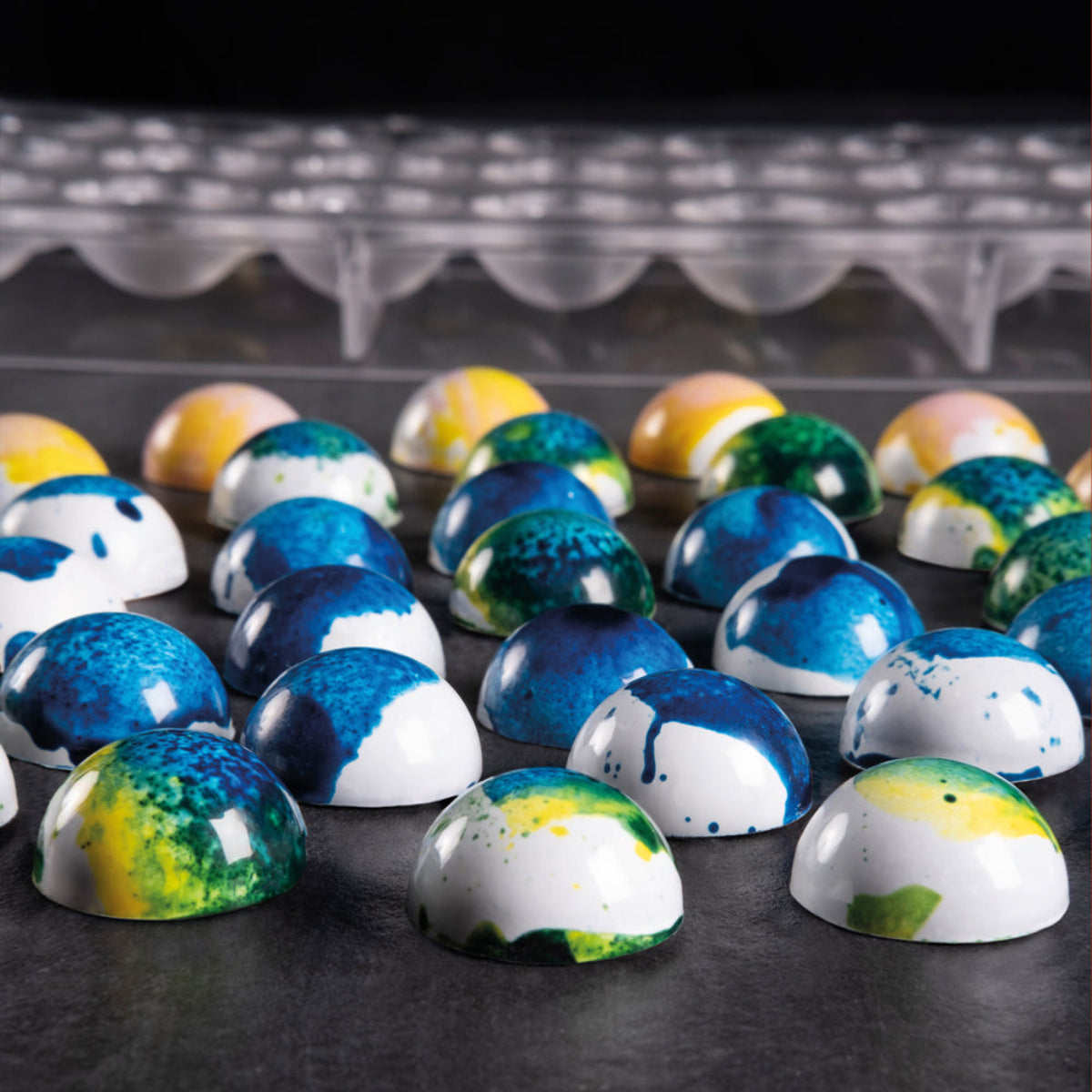




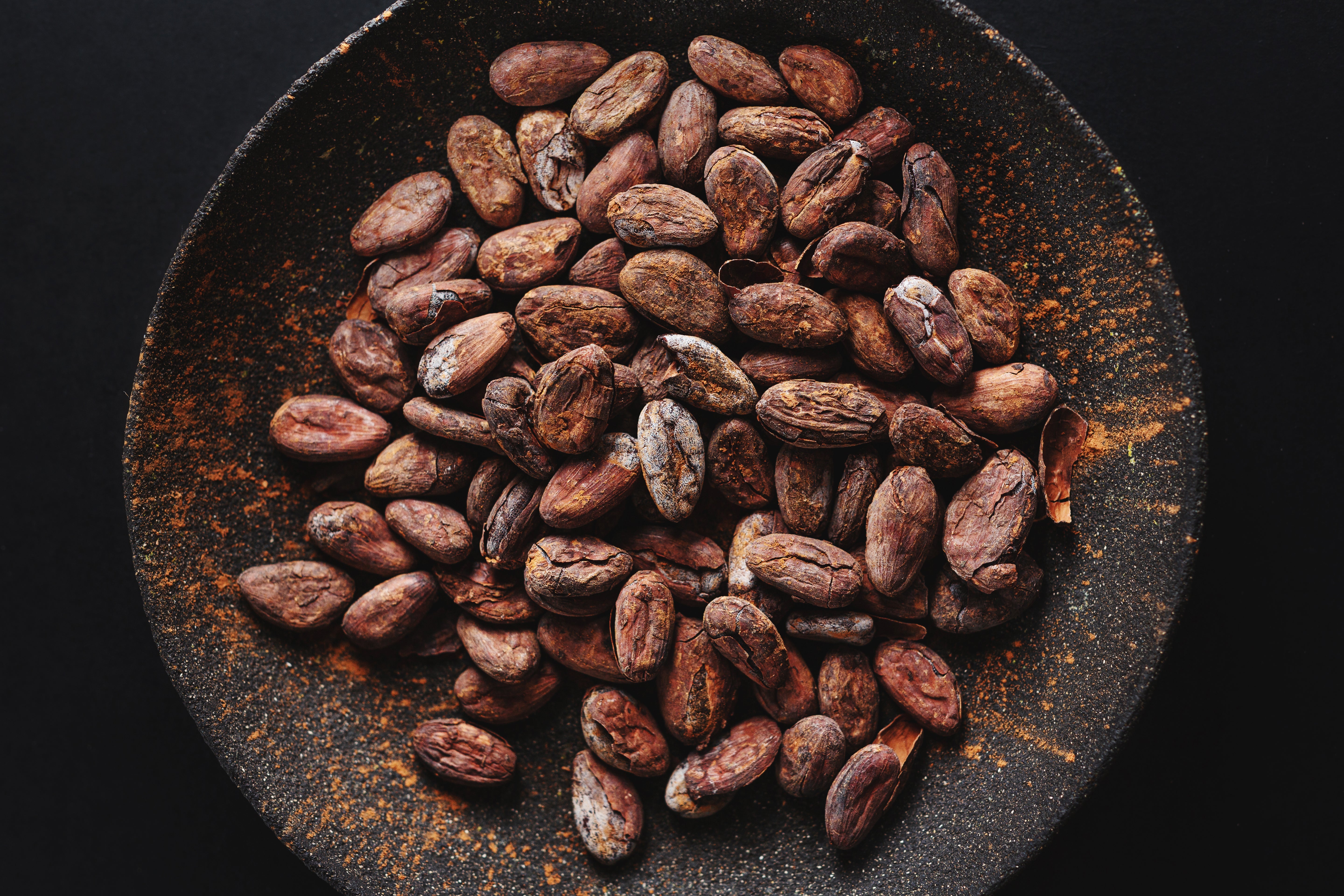



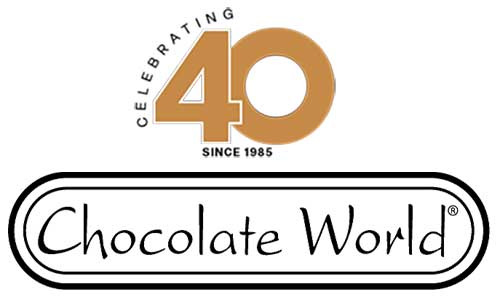

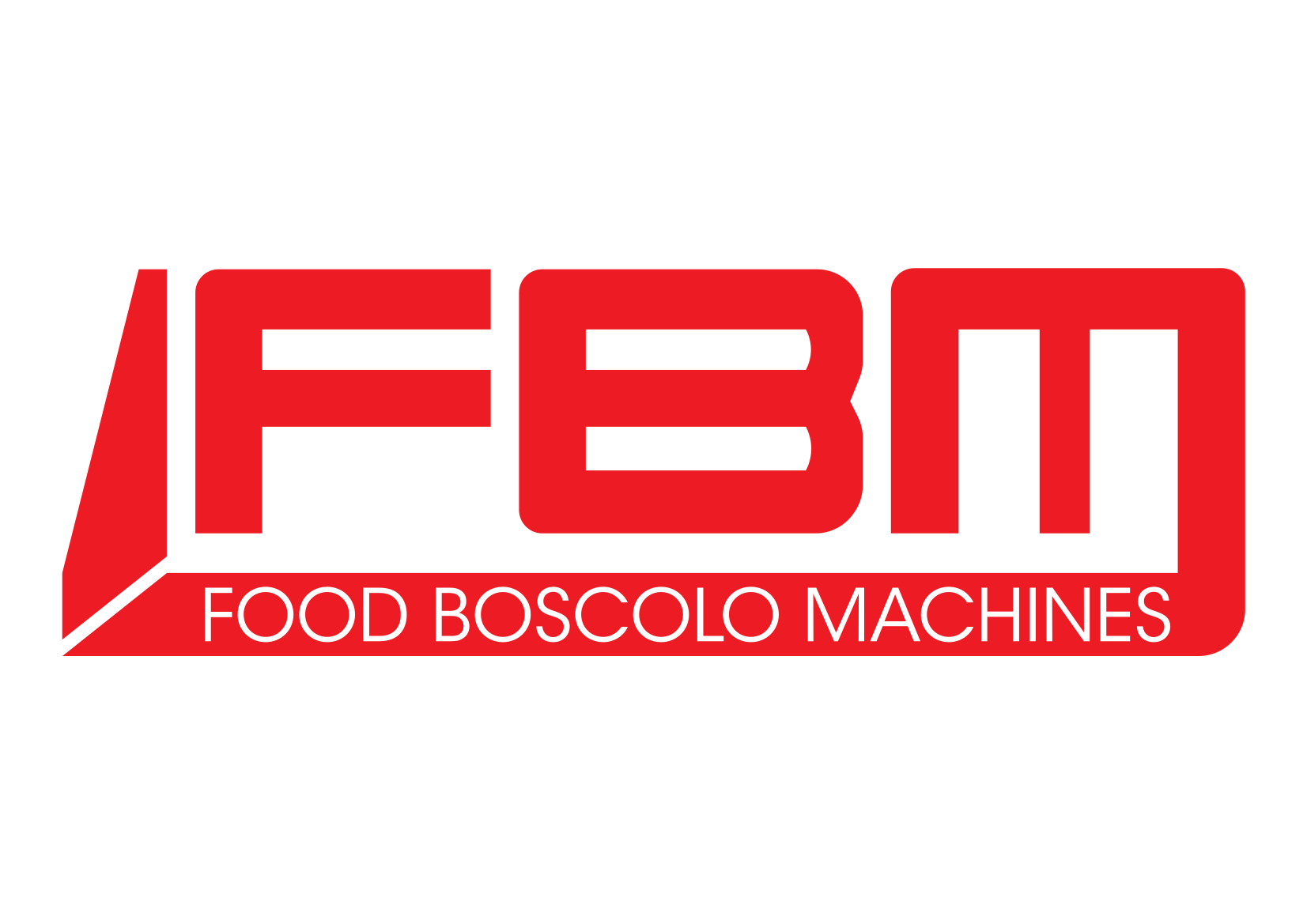
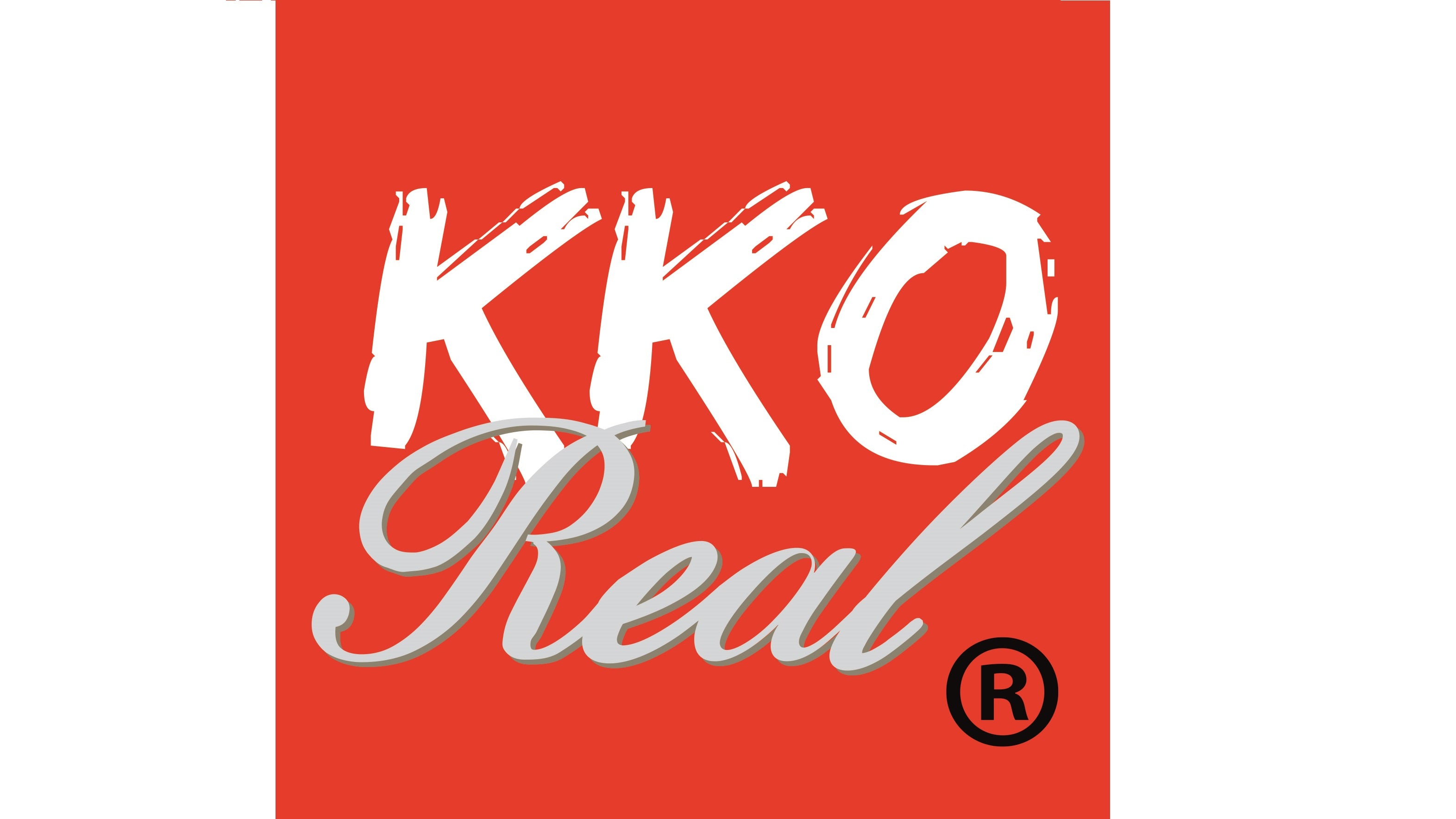


















Laisser un commentaire
Tous les commentaires sont modérés avant d'être publiés.
Ce site est protégé par hCaptcha, et la Politique de confidentialité et les Conditions de service de hCaptcha s’appliquent.